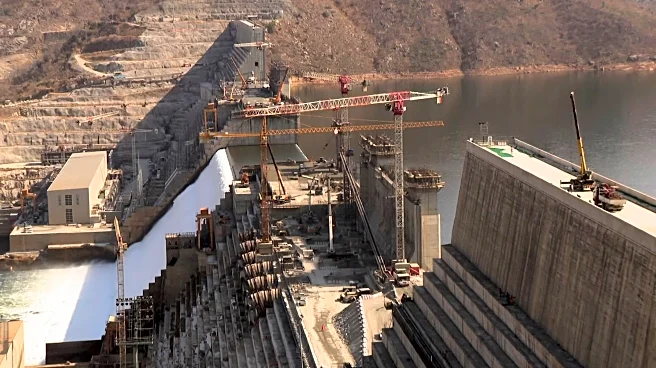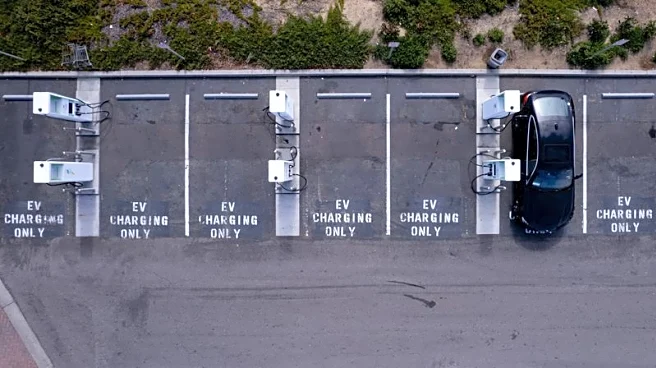What's Happening?
The A249 Grovehurst Road improvement project in Kent, initially set to conclude by the end of 2024, has been delayed multiple times, now extending to 2026. The delays are attributed to planning complications, adverse weather conditions, and unrelated roadworks in the vicinity. Local politicians, including Sittingbourne and Sheppey MP Kevin McKenna and Swale Borough Council leader Tim Gibson, have expressed dissatisfaction with the situation, labeling it as 'disappointing and wholly unacceptable.' They have called for compensation for the affected residents and businesses, who have faced increased travel times and fuel costs due to the ongoing roadworks.
Why It's Important?
The extended delays in the A249 Grovehurst Road project have significant implications for local communities and businesses. The prolonged construction has led to increased travel times and operational costs, affecting daily commutes and business logistics. The call for compensation highlights the economic strain on residents and local enterprises, emphasizing the need for accountability and efficient project management. The situation underscores the broader challenges in infrastructure development, where delays can have cascading effects on local economies and community well-being.
What's Next?
Local politicians have taken proactive steps by writing to the highways authority, demanding compensation and solutions to mitigate the impact of the delays. The Kent County Council is expected to address these concerns, potentially revising project timelines and exploring compensation mechanisms. The ongoing dialogue between political leaders and the council may lead to policy adjustments or increased oversight to prevent future delays. Stakeholders, including residents and businesses, will be closely monitoring the council's response and any forthcoming measures to alleviate the situation.
Beyond the Headlines
The roadworks delay raises broader questions about infrastructure planning and execution in the region. It highlights the need for robust contingency planning and risk management in large-scale projects. The situation also reflects the importance of transparent communication between authorities and the public, ensuring that stakeholders are informed and involved in decision-making processes. Long-term, this incident may influence future infrastructure policies, prioritizing efficiency and community impact assessments.













